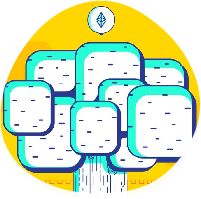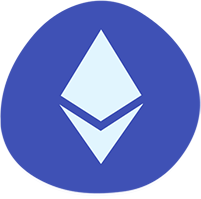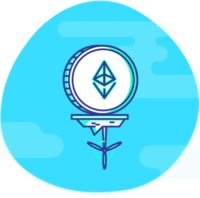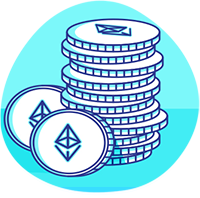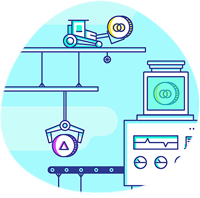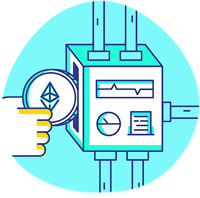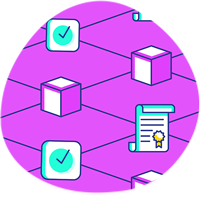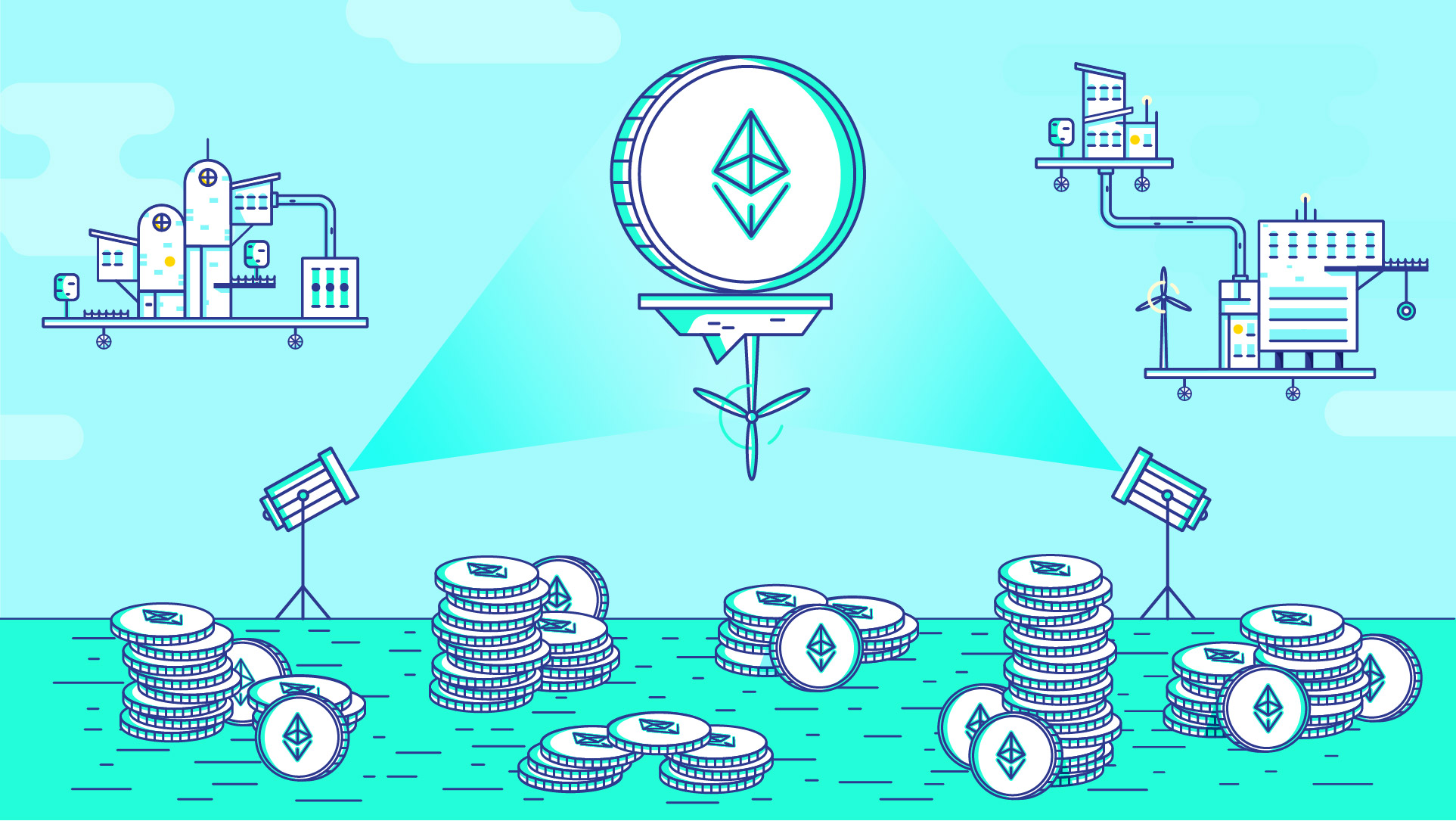
By now you should have a good understanding of how Ethereum is a network for building decentralized applications that require a cryptocurrency called Ether to run.
Now it’s time to introduce a deeper concept – tokens. Many dApps built on Ethereum have their own cryptocurrencies or “tokens.” In order to interact with the dApps, users need to purchase the dApp’s native token. Generally speaking, a token represents something specific in a given ecosystem. This could be could economic value, a dividend, a stake, a voting right… really anything. It’s important to understand that a token is not limited to one particular role; it can fulfill various different of roles in its native ecosystem.
If We Have Ether – Why Do We Need Tokens?
After learning about Ether and how it functions in the Ethereum network – the natural question to ask is why don’t we simply use Ether to pay for every transaction within those dApps? Why do we need a native currency for them? The answer to that is very simple, as in the real world there are plenty of places where we use a token over traditional money.
Here is a simple analogy – a video arcade.
If you want to play the games in the arcade – you must first deposit money into a coin machine and get back arcade tokens or credits. Once you have the tokens – then you can play the games.
The Different Types Of Tokens
The Ethereum ecosystem is rapidly growing, changing and expanding. New innovations are popping up by the minute. There will be a variety of blockchain-based tokens in the future. But for now, there are three types of blockchain-based tokens that we will discuss:
- Usage tokens: A token that is required to use a service.
- Work tokens: A token that gives users the right to contribute work to a DAO and earn in exchange for their work
- Security tokens: an external, tradable asset that is a representation of value in a system.
Usage Tokens
These are the tokens function like a currency in their respective dApps. This is generally the most simple and straightforward application of a token. These tokens have monetary value; however, they don’t come with any sort of rights or privilege within the particular network. In short, think token as money. Usage tokens are sometimes also referred to as “medium-of-exchange” tokens.
Examples: Golem, 0x, Civic, Raiden, Basic Attention Token, and more.
Work Tokens
Work tokens give users rights to contribute work to the organization to help it function. In this model, the user (or service provider) stakes the native token of the network to earn the right to perform work for the network. The cool thing about the work token model is that as demand for the service grows, more revenue will flow to service providers. Given a fixed supply of tokens, service providers will rationally pay more per token for the right to earn part of a growing cash flow stream. We’ll dive into the concepts of bonding, calculating valuations, and improving network incentives at a later time. The important thing to understand at this stage is work tokens grant access to the network and provide cash flow potential conditional on the delivery of work with the token.
Examples: Augur, Keep, Truebit, Gems, and more.
Security Tokens
Security tokens, also known as tokenized securities or investment tokens, are financial securities compliant with SEC regulations. While this module will not dive into regulation and compliance, the simple thing to understand is that these tokens provide an array of financial rights to the token holder.
Examples of these financial rights include equity, dividends, profit sharing, voting rights and more. Simply stated, these tokens represent a right to an underlying asset such as a pool of real estate, cash flow, or holdings. What makes security tokens so neat (and potentially revolutionary) is that the rights are written into a smart contract and the tokens are traded on a blockchain-powered exchange.
Putting It All Together
While many new concepts regarding tokens have been introduced in this module – the important thing to remember is with dApps built on Ethereum – they are like the arcade games. Using them, interacting with them, or even playing with them all starts with having the token. As the ecosystem matures, developers will experiment and continue to build on the ideas presented in this introductory module. Over time, we’ll certainly realize new and creative ways to capture value in the various networks native tokens that continue to enhance user experience and make new things possible.




